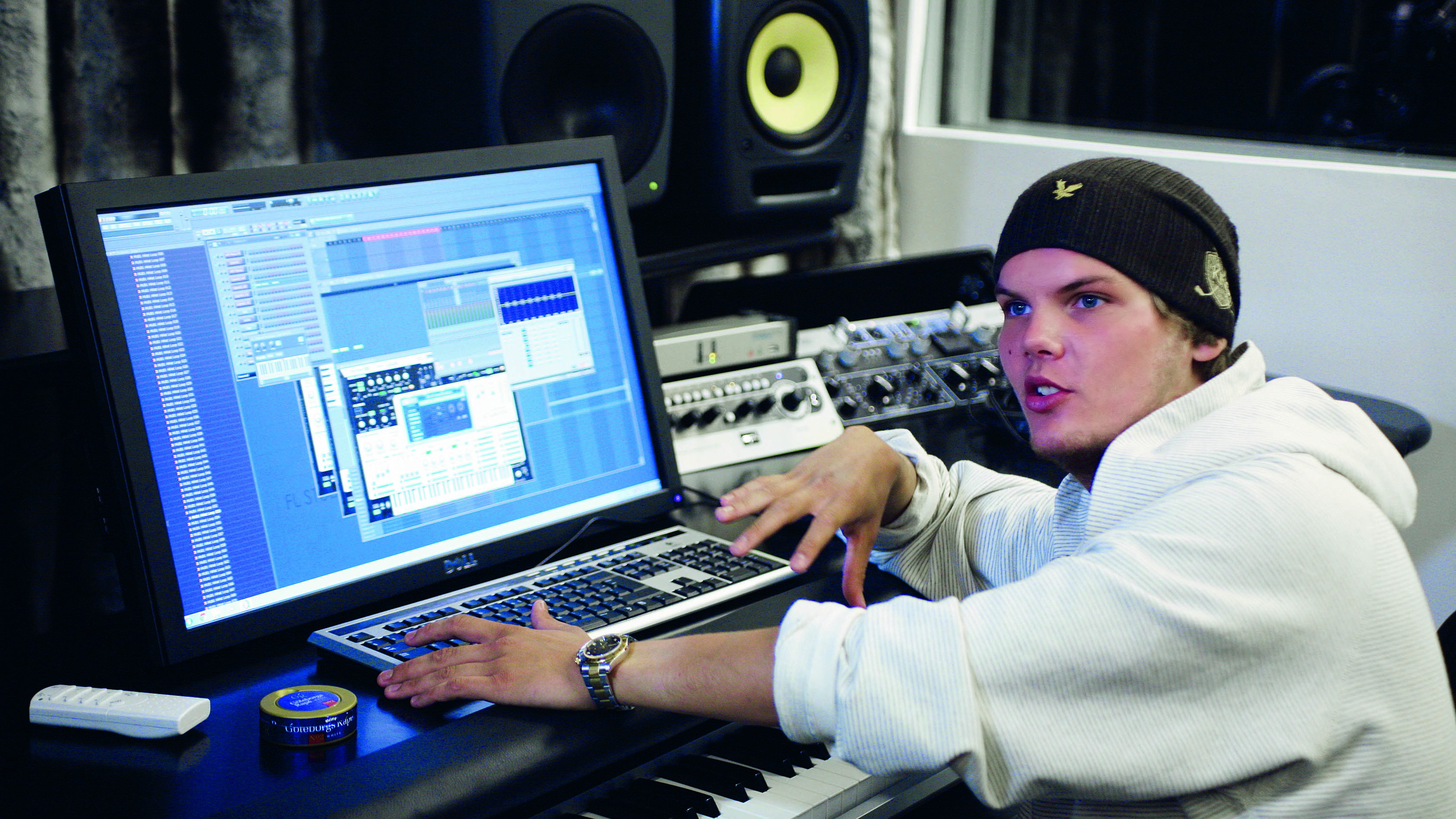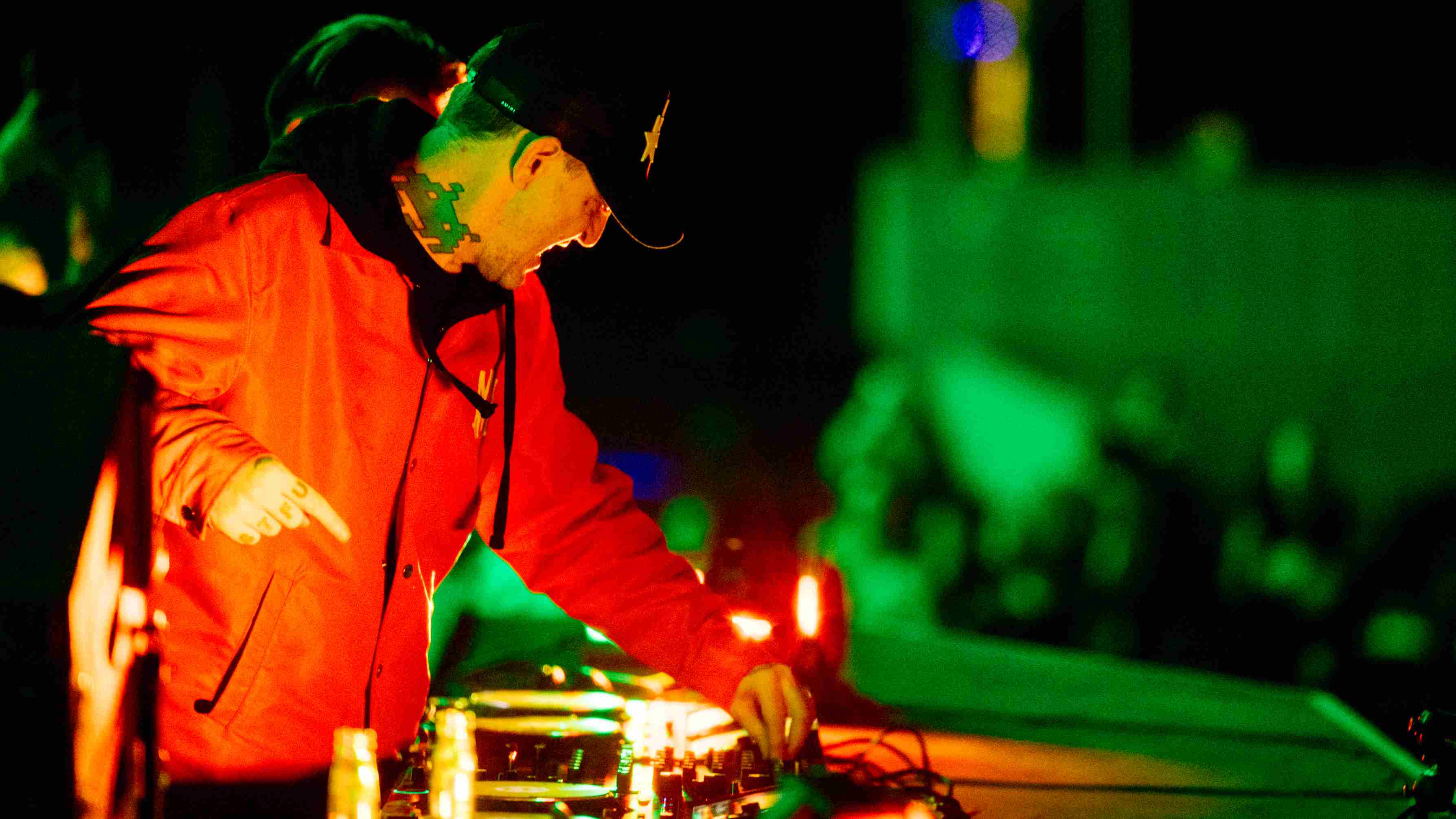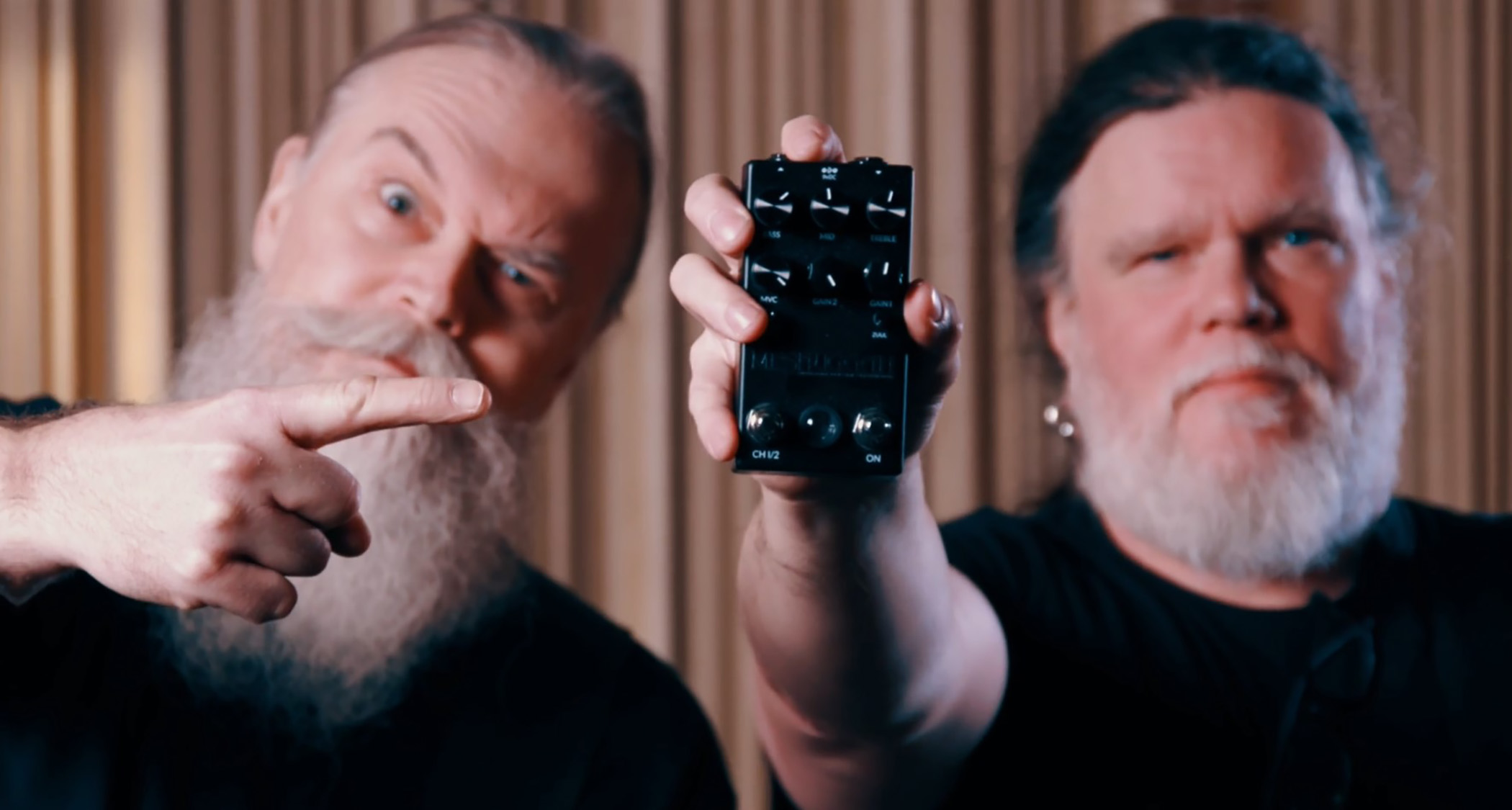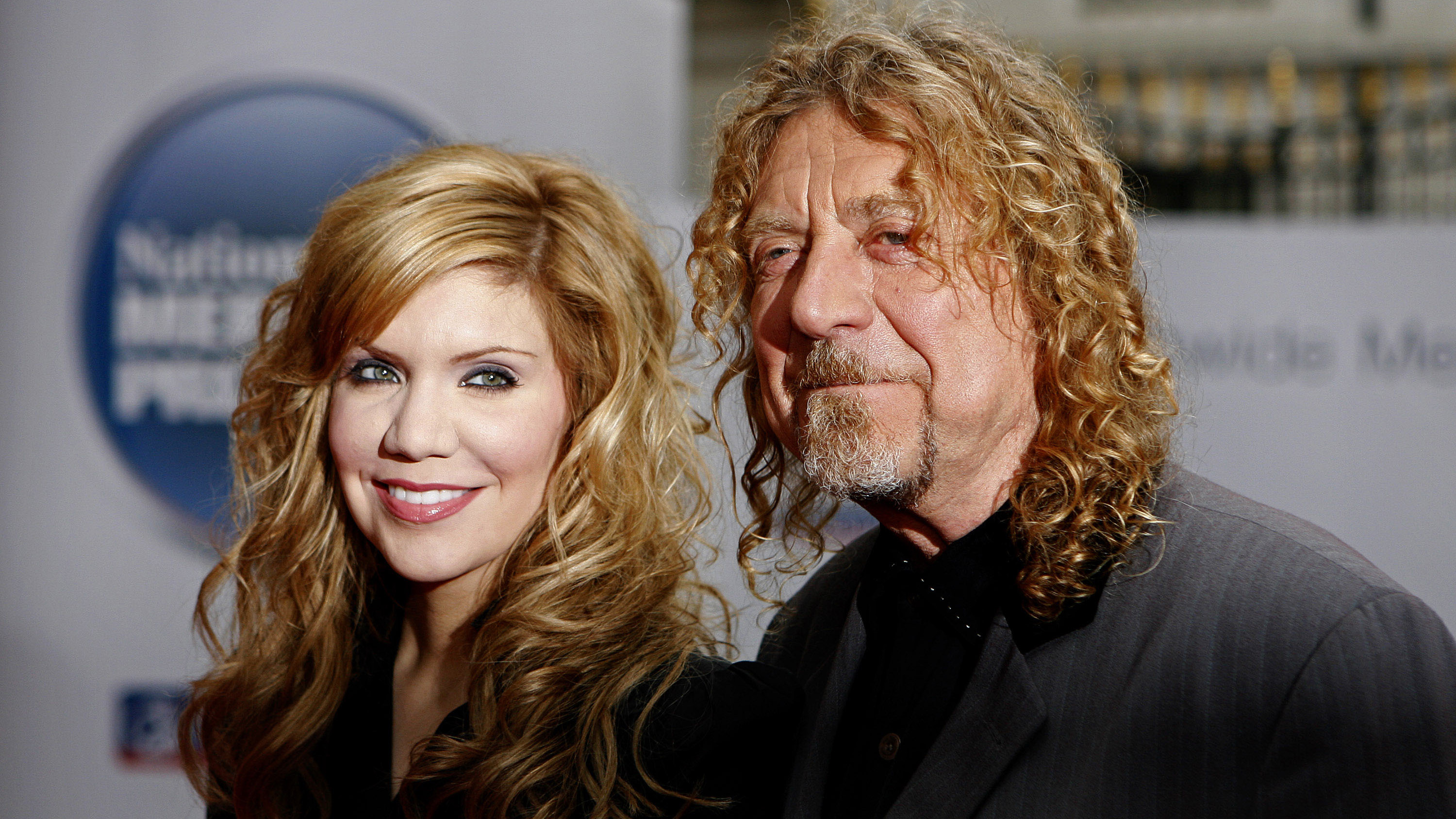“I’m not the technical producer, I’ve learned how to use a compressor but I haven’t learned why it does what it does”: Revisiting the intuitive production skills that made Avicii a superstar
As a new documentary lands on Netflix, we revisit Future Music's early interview with the late EDM hitmaker
The recent release on Netflix of the documentary Avicii – I’m Tim has once again thrown a spotlight on the equal-parts inspiring and tragic story of the DJ and producer born Tim Bergling.
Bergling shot to mainstream fame in late 2011 with the release of crossover club hit Levels. He would go on to release two widely successful albums and a string of hit singles, including the influential country-EDM crossover Wake Me Up.
Throughout his life Bergling struggled with anxiety and mental illness, as well as the pressures of music industry success. Bergling retired from touring in 2016, citing stress and poor mental health. In 2018 he died by suicide at the age of 28. Following his death, a final posthumous album was released, simply named Tim.
The other side to the Avicii story, however, lies in the fact that Bergling was also a naturally talented producer and songwriter. This was clearly evident when Future Music magazine was lucky enough to visit Avicii in his Stockholm studio in 2011, just before Levels kicked off his stratospheric rise to fame.
Speaking to FM in issue 245, Bergling – who had already enjoyed early success with tracks such as Seek Bromance – described how his new studio space was slowly expanding on his minimal, FL Studio-focussed setup.
“All I’ve ever needed is my laptop or a computer running FL Studio, Sylenth and some other VSTs,” Bergling told the magazine. “The studio is slowly taking shape – we just got the awesome new chairs in. The whole idea was to have a place where we can bring vocalists and other producers and it still feels comfortable.”

As part of that studio visit, FM filmed Bergling at work on the elements of a track that would eventually go on to be released as Dancing In My Head.
Get the MusicRadar Newsletter
Want all the hottest music and gear news, reviews, deals, features and more, direct to your inbox? Sign up here.
Rewatching the video almost 14 years on, although many of the plugins used are now fairly outdated – Sylenth1 and Nexus 2 are no longer the powerhouse synths they once were – what remains immediately obvious is Bergling’s remarkable ability to make key creative decisions quickly, based largely on intuition.
“I have to get started quickly, and have to get into it quickly,” he explains in the video. “I can do the rest of the actual sound engineering and play around with the sound afterwards.”
A key part of this workflow is Bergling’s use of FL Studio’s step sequencer and piano roll, which allow him to rapidly sketch out melodic lines before worrying about the actual sounds later on. These ideas are input, for the most part, using a mouse and keyboard. By his own admission, Bergling was more comfortable sequencing than playing music.
“I’ve only been playing the keyboard for the time I’ve been in the studio to just get ideas and then I’ll program those ideas,” he told FM. “I’m not spectacularly talented at playing an instrument.”
That same attitude is evident in Bergling’s approach to production tools. At that early stage of his career, rather than delving too deeply into the technical side of his software, Bergling explained that his focus was on honing his creative impulses.
“I would definitely say I’m faster and my ears are much sharper to the mix,” he told Future Music. “Honestly, it doesn’t feel like I’ve learned a massive lesson in production [since first starting out], but listening back to my really early material I’ve come so far.
"I really couldn’t explain what I’m doing differently now – it’s just been small steps all the way. I’m not the technical producer, I’ve learned how to use a compressor for instance, but I haven’t learned the technical reasons about why a compressor does what it does.”
Elsewhere in the magazine feature Bergling discusses his experience of touring and his hopes for the longevity of his career – comments that become more poignant in retrospect.
“I’m still really enjoying [touring] because there are so many experiences that are new to me,” he explained. “There are definitely points where you miss your friends and family because you haven’t seen them in a few months, but it’s the career that I’ve always wanted so I’m not complaining.
“[When I’m older] I hope I’m still touring and enjoying it, but who knows. By the time I’m 25 maybe I’ll be sick of travelling? I can’t say. With electronic music and DJs it seems like they linger on forever and come back and forth into the forefront. As long as you don’t get tired of music and put the work in, I think you can have a long career.”
You can watch the original studio session with Avicii above or on our YouTube channel.
Avicii – I’m Tim and Avicii: My Last Show are both streaming now via Netflix.
I'm the Managing Editor of Music Technology at MusicRadar and former Editor-in-Chief of Future Music, Computer Music and Electronic Musician. I've been messing around with music tech in various forms for over two decades. I've also spent the last 10 years forgetting how to play guitar. Find me in the chillout room at raves complaining that it's past my bedtime.
“Even my cat is disappointed in me”: Deadmau5 gets drunk at Coachella, falls over, is escorted off stage by security, and apologises
“The last thing Billy and I wanted to do was retread and say, ‘Hey, let’s do another Rebel Yell.’ We’ve already done that”: Guitar hero Steve Stevens lifts the lid on the new Billy Idol album










